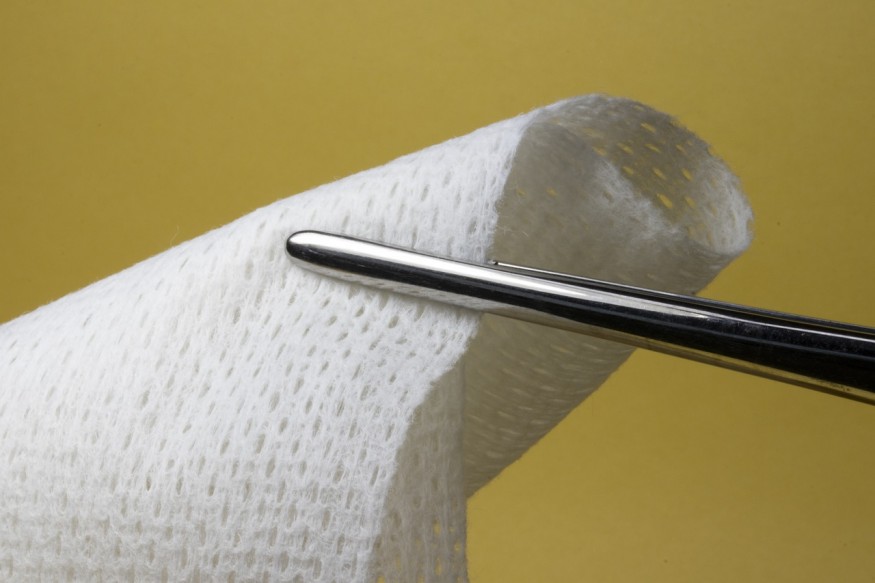Uncontrolled hemorrhage is a clinical challenge that accounts for up to 40% of trauma deaths. Doctors often apply pressure to the wound and seal it with medical glue to prevent blood loss. But what if it could only make it worse or if the surface is too bloody for glue?
Rapid pressurized blood flows under hemorrhage impair the function of homeostatic agents and adhesives. In a new study, researchers drew inspiration from nature to develop medical adhesives formed with a macroporous tough xerogel with functional liquids.

What Are Bioadhesives?
The development of bioadhesives in the past 30 years has been changing the surgical process, and the growing interest in producing them makes $38 billion currently, according to a 2021 study published in Frontiers in Bioengineering and Biotechnology.
Unlike traditional invasive wound closure methods, such as sutures, wires, and staples, bioadhesives are less likely to cause damage to the tissues and provide wound healing through different mechanisms. They have antibacterial, anti-inflammatory, antioxidant properties, and self-healing properties that increase the ease of using them.
Furthermore, bioadhesives can remain stable on the site of application because of their intrinsic adhesion property or immobilization. That means they promote wound healing without other fixation methods.
There have been many types of biomedical devices developed in the past years, and one of the questions scientists try to solve is how to repair those on or in the body through noninvasive methods that do not damage the tissues on them and bioadhesives could be the solution.
Most reviews on bioadhesives are focused on their adhesion mechanism and application on wound closure and preventing leakage. In the new study, researchers present medical adhesives inspired by marine animals, like mussels and flatworms.
READ ALSO: Snake Venom Transformed Into Super Glue That Stops Life-Threatening Bleeding Within Seconds
Nature-Inspired Bioadhesive To Prevent Blood Loss
Researchers from McGill University have developed medical adhesives that are modeled from mussels and flatworms that if applied on the bleeding site will use suction to absorb blood, clear the surface for adhesion, and then bond to the tissue to seal, Science Daily reports.
Recently graduated Ph.D., student Guangyu Bao, the lead author of the study, explained that the entire application of the bioadhesive is quick and pressure-free, making it suitable for non-compressible hemorrhage situations that are often life-threatening.
The team put it to the test and found that the medical adhesive also promotes blood coagulation. So, removing the adhesive will not cause re-bleeding; and it can also be left inside the body to be absorbed.
Senior author Professor Jianyu Li said that their material showed a better-improved safety and bleeding control efficiency compared to commercial products. They noted that their medical adhesive could one day replace wound sutures or deliver drugs to provide therapeutic effects on patients.
They discussed their findings in their study, titled "Liquid-infused microstructured bioadhesives halt non-compressible hemorrhage," which is published in the journal Nature Communications.
RELATED ARTICLE: Bleeding Gone in 15 Seconds: Scientists Invent Barnacles-Inspired Surgical Glue Using Slug Slime
Check out more news and information on Medicine & Health in Science Times.










